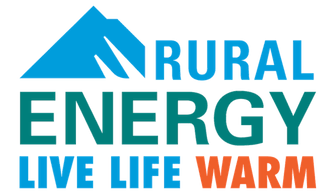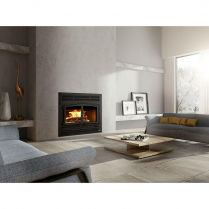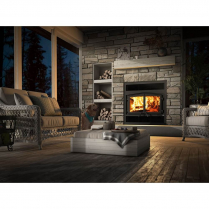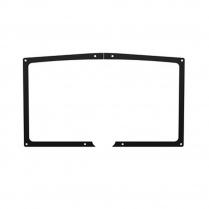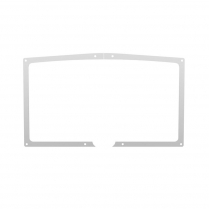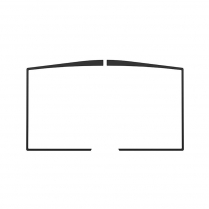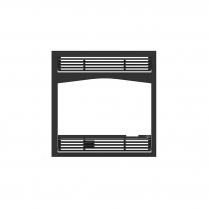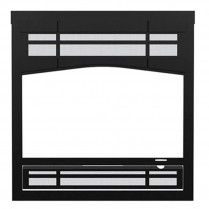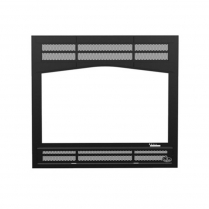A wood-burning fireplace serves as a natural focal point. When you and your family members gather in the living room, the wood-burning fireplace will likely be the center of anyone's attention. It offers a unique and traditional focal point that’s not found in other living room accessories.
When compared to gas fireplaces, wood-burning fireplaces cost less to operate. You’ll spend less money using a wood-burning fireplace than you would use a gas fireplace.
Fireplace equipment solutions in our catalog include products from world-renowned brand Osburn.
If you want to have an entire aesthetically pleasing fireplace or to have full control and customize it to your preference, we have the fireplace options for you.
